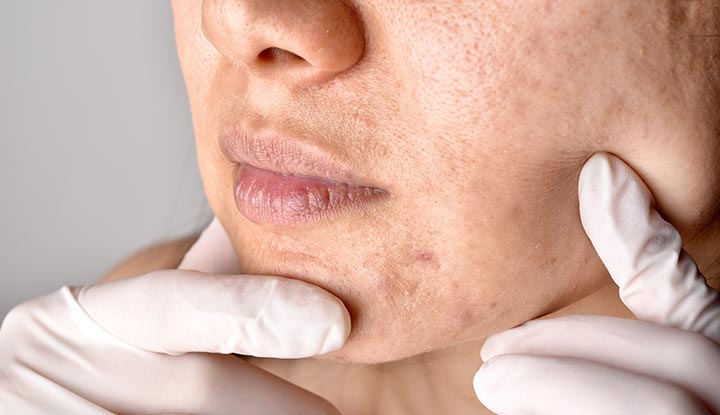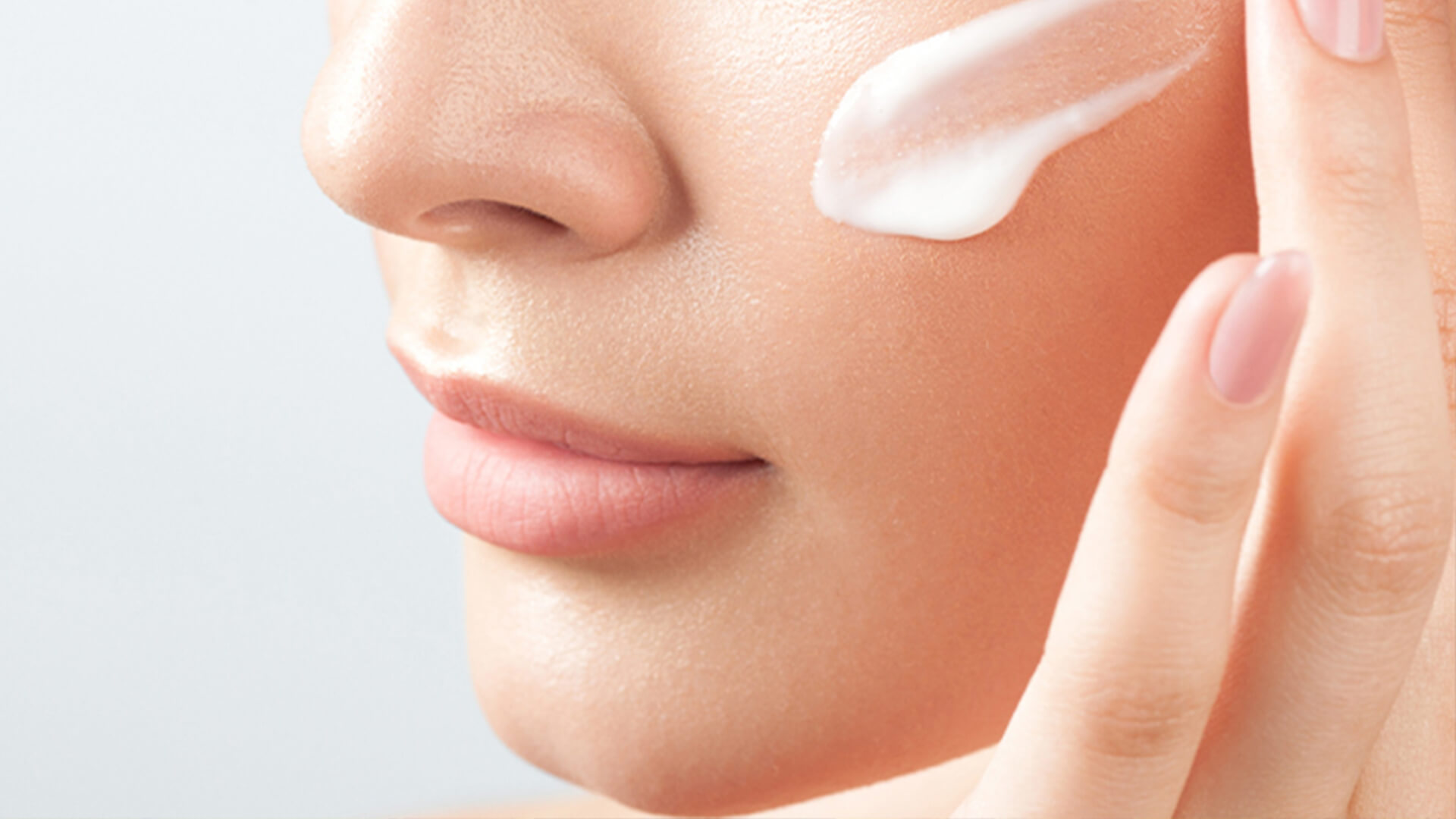Ingredient Analyzer for Non-Clogging (Over 300 Ingredients)

Say farewell to clogged pores and acne for good with WhitePages Tech’s Checker for Ingredients That Don’t Clog Pores. Simply input the ingredients of any skincare product below and analyze them against 318 comedogenic ingredients medically tested by our dermatology team to avoid pore blockage and acne breakouts. Remember to bookmark this page so you can come back to it if you need to check any more products! Visit the tool at https://whitepages.tech/.
Hooray!
Visit URL: www.Whitepages.tech
Acne Safe Skincare Ingredients
Face Cleansers | Body Washes | Moisturizers | Makeup Products | Shampoos | Retinol Products
Where Can I Find Acne Safe Products?
You can discover acne-safe products by exploring our curated selections. Click on the following links to find non-pore clogging, acne-safe options:
Our team of dermatologists and estheticians has vetted these products to ensure they meet acne-safe criteria. Feel confident in your skincare choices by exploring these recommended options.
What Is The Best Way To Use White Pages’ Checker for Ingredients That Don’t Clog Pores?
Step 1: Find the ingredients label of the skincare product you want to verify as non-comedogenic. If browsing the product online, you should be able to copy the ingredient list easily. If you have the product in hand and cannot find it online, you can take a picture of the ingredients label on your smartphone and press down on the text. Both the iPhone and Google Pixel can copy the text from the image. Otherwise, type search for (“product name” + ingredients).
Step 2: Paste the ingredients into White Pages’ checker for ingredients that don’t clog pores and then click “check ingredients.”
Step 3: Analyze the results and determine if you are comfortable using the product you checked in the ingredients checker.
Step 4: Compare the product you analyzed to White Pages’ vetted list of hormonal acne safe products to determine what is best for your situation. Visit the tool at https://whitepages.tech/.
What Causes The Pores To Clog?
Pores can become clogged due to various factors, including the accumulation of excess oil (sebum), dead skin cells, and debris. When these substances mix and block the hair follicles, it can lead to the formation of clogged pores. Additionally, the use of certain skincare or cosmetic products that contain comedogenic ingredients, which have a tendency to clog pores, can contribute to this issue. Hormonal changes, particularly during adolescence or menstruation, may also increase oil production and contribute to pore blockage. Environmental factors, such as pollution and dirt, can further exacerbate the clogging of pores. Maintaining a proper skincare routine and choosing non-comedogenic products can help prevent and address clogged pores.
Common Skincare Ingredient Triggers
Several skincare ingredients have the potential to trigger adverse reactions or sensitivities in individuals. Common skincare ingredient triggers include:
- Fragrances: Synthetic fragrances or even some natural fragrances can cause irritation or allergic reactions, particularly for those with sensitive skin.
- Alcohol: High concentrations of alcohol in skincare products can be drying and irritating, especially for individuals with dry or sensitive skin.
- Sulfates: Sulfates, such as sodium lauryl sulfate, are commonly found in cleansers and can strip the skin of its natural oils, leading to dryness and irritation.
- Parabens: Some people may be sensitive to parabens, which are preservatives used in many skincare products. They have been a concern due to their potential endocrine-disrupting properties.
- Essential Oils: While natural, essential oils can be irritating for some individuals, causing redness or allergic reactions.
- Retinoids: Retinoids, such as retinol and tretinoin, are potent ingredients known for their anti-aging properties. However, they can cause dryness, redness, and peeling, especially when first introduced to a skincare routine.
- Alpha Hydroxy Acids (AHAs) and Beta Hydroxy Acids (BHAs): While effective for exfoliation, these acids can be harsh for some skin types, leading to irritation and redness.
- Synthetic Dyes: Artificial colors or dyes in skincare products can cause allergic reactions in some individuals.
- Silicones: While generally well-tolerated, some people may experience breakouts or irritation from silicone-based ingredients.
- Niacinamide: Although beneficial for many, a small percentage of individuals may experience redness or flushing when using products containing niacinamide.
It’s important for individuals to be aware of their skin type and any specific sensitivities they may have when selecting skincare products. Patch testing new products and gradually introducing active ingredients can help identify and avoid potential triggers. Consulting with a dermatologist is also advisable for personalized skincare recommendations.
Dietary Triggers
Certain dietary factors can contribute to skin issues or trigger reactions in some individuals. Common dietary triggers for skin problems include:
- High Glycemic Foods: Foods with a high glycemic index, such as sugary snacks and refined carbohydrates, may contribute to acne and inflammation.
- Dairy Products: Some people may experience acne breakouts or skin irritation due to the hormones and growth factors present in dairy products.
- Processed Foods: Highly processed and fried foods may contribute to inflammation and negatively impact overall skin health.
- Excessive Sugar: Consuming excessive amounts of sugar can lead to glycation, a process where sugar molecules bind to proteins, potentially contributing to premature aging and wrinkles.
- Food Allergens: Certain individuals may be sensitive or allergic to specific foods, such as gluten, nuts, or shellfish, leading to skin issues like hives, eczema, or acne.
- Fatty Acids Imbalance: An imbalance between omega-3 and omega-6 fatty acids in the diet can affect skin health. Too much omega-6 and too little omega-3 may contribute to inflammation.
- Caffeine and Alcohol: Excessive consumption of caffeine and alcohol can lead to dehydration, which may affect skin hydration and contribute to dullness.
- Spicy Foods: Spicy foods may trigger or worsen conditions like rosacea or redness in some individuals.
- Salt: High salt intake can contribute to water retention and may exacerbate conditions like puffy eyes or swelling.
- Lack of Water: Inadequate hydration can lead to dry and dull skin. Staying well-hydrated is essential for overall skin health.
It’s important to note that the impact of dietary factors on the skin can vary from person to person. Some individuals may be more sensitive to certain foods than others. Maintaining a balanced and varied diet, staying hydrated, and paying attention to any potential dietary triggers can contribute to healthier skin. If someone suspects a specific dietary trigger for their skin issues, consulting with a healthcare professional or dermatologist for personalized advice is recommended.
Environmental Triggers
Environmental factors can significantly impact the health and appearance of the skin. Common environmental triggers for skin issues include:
- Sun Exposure: Prolonged exposure to UV rays without adequate protection can lead to sunburn, premature aging, and an increased risk of skin cancer.
- Pollution: Air pollution, including particulate matter and environmental toxins, can contribute to oxidative stress, inflammation, and skin aging.
- Harsh Weather Conditions: Extreme temperatures, cold winds, and low humidity can strip the skin of its natural moisture, leading to dryness, redness, and irritation.
- Allergens: Outdoor allergens such as pollen, mold spores, and other environmental allergens can trigger allergic reactions, eczema, or hives in sensitive individuals.
- Indoor Irritants: Indoor factors like central heating, air conditioning, or exposure to allergens in the home environment can impact skin health.
- Water Quality: Hard water or water with a high mineral content can be harsh on the skin, causing dryness and irritation.
- Chemical Exposure: Contact with harsh chemicals, whether in cleaning products or workplace environments, can lead to skin irritation or allergic reactions.
- Friction and Pressure: Continuous friction or pressure on the skin, such as tight clothing or frequent rubbing, can contribute to conditions like chafing or acne mechanica.
- Physical Trauma: Injuries, cuts, or abrasions to the skin can increase the risk of infections and impact the skin’s overall health.
- Stress: While not directly environmental, chronic stress can exacerbate various skin conditions, including acne, psoriasis, and eczema.
Protecting the skin from environmental triggers involves adopting preventive measures such as using sunscreen, wearing protective clothing, staying hydrated, and maintaining a clean and healthy living environment. Tailoring skincare routines to address specific environmental challenges can also contribute to maintaining healthy and resilient skin. Individuals experiencing persistent skin issues due to environmental triggers may benefit from consulting with a dermatologist for personalized advice and treatment options.
Is There An Official List of Comedogenic Products?
As of my last knowledge update in January 2022, there isn’t a universally recognized “official” list of comedogenic products. The comedogenicity of skincare and cosmetic products often depends on individual skin types and sensitivities. However, there are lists and databases compiled by skincare professionals, dermatologists, and skincare enthusiasts that categorize ingredients based on their comedogenic potential.
These lists typically classify ingredients on a scale from non-comedogenic to highly comedogenic. Keep in mind that what works for one person may not work for another, as individual skin types and reactions vary.
If you’re interested in finding out the comedogenic rating of specific ingredients, you can refer to resources such as:
- Online Databases: Some websites compile lists of comedogenic and non-comedogenic ingredients. Examples include websites like CosDNA and Acne.org.
- Skincare Books: Some dermatology and skincare books may provide information on comedogenic ingredients and their potential impact on the skin.
- Dermatologist Recommendations: Seeking advice from a dermatologist can provide personalized insights into skincare ingredients suitable for your skin type.
- Product Labels: Some skincare and cosmetic products may indicate if they are non-comedogenic, but it’s essential to be cautious as these claims can vary in reliability.
Remember that everyone’s skin is unique, and factors like skin type, climate, and individual sensitivities can influence how the skin reacts to specific ingredients. If you have concerns about certain ingredients or products, consulting with a dermatologist is advisable for personalized guidance based on your skin’s specific needs and characteristics. Additionally, new information or resources may have become available since my last update, so it’s a good idea to check more recent sources.
How We Assembled Our Pore Clogging Ingredient Database
At www.whitepages.tech, our Pore Clogging Ingredient Database is meticulously crafted to provide you with accurate and reliable information. We’ve gathered data on skincare ingredients known to be potential triggers for pore clogging and acne breakouts. Here’s the process:
- Extensive Research: Our team conducts thorough research on skincare ingredients, considering scientific studies, dermatological insights, and user experiences.
- Identification of Comedogenic Ingredients: We identify and compile a list of ingredients known to be comedogenic. These include substances such as Isopropyl Myristate, Lanolin, Cocoa Butter, Coconut Oil, and more.
- Categorization: The identified ingredients are categorized based on their potential to clog pores and contribute to acne-related issues. This categorization helps users easily understand the impact of each ingredient.
- Constant Updates: Our database is regularly updated to reflect the latest research findings and emerging insights in the field of skincare. This ensures that you receive the most current information when checking product ingredients.
- User-Friendly Interface: The www.whitepages.tech website is designed to provide a user-friendly experience. The smooth and colorful search box enhances your interaction, and the results are hidden until you search for specific categories of ingredients.
- Educational Content: In addition to the database, we offer educational content on common skincare triggers, including information on dietary, environmental, and skincare product-related factors that can contribute to clogged pores.
By following these steps, we aim to empower you with the knowledge needed to make informed decisions about the skincare products you use. Feel free to explore our database and learn more about maintaining healthy and acne-safe skin.






